
© Merlin Bonning. (Click image for larger version)
VTDance: iWitness
Scottish Ballet Dance Artists: Special Edition – elEven, Stabat Mater
Edinburgh, Dance Base
16 August 2014
vtdance.org
www.scottishballet.co.uk
www.edfringe.com
www.dancebase.co.uk
One of the most interesting things about Scottish Ballet’s changing double bill – they perform a rotating programme of two pieces as part of a triple bill – is the way it subtly changes the atmosphere of the show as a whole, re-contextualising the first piece, iWitness.
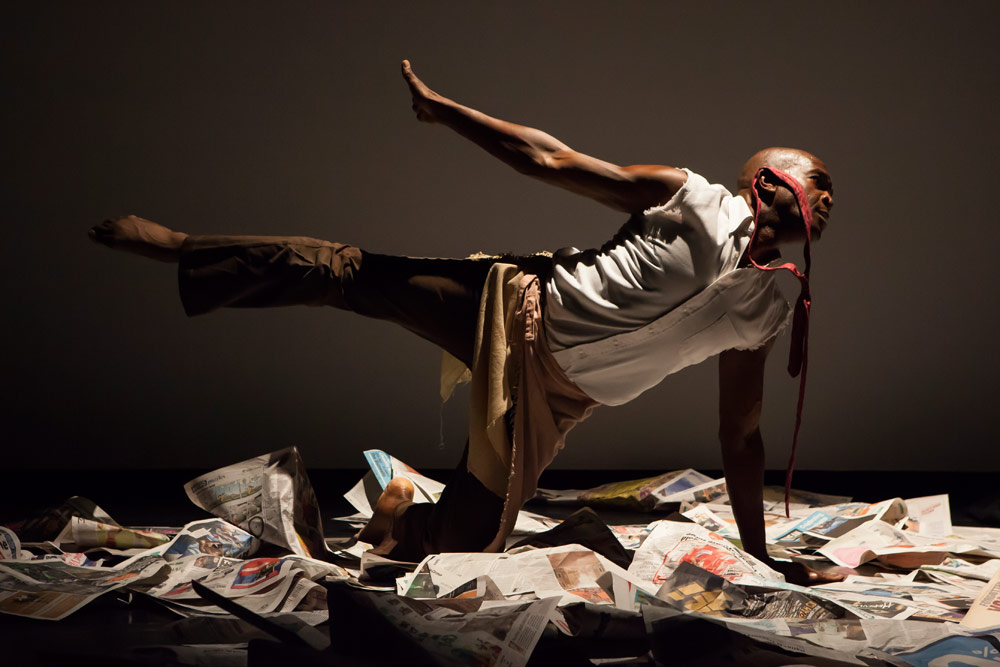
© Maria Falconer. (Click image for larger version)
On a second viewing, Vincent E. Thomas’s extract from his full-length piece Witness, seems to have a more optimistic feel. Thomas is a hypnotic dancer, his stretching and balancing full of pause and consideration as well as surprising flicks and flourishes. His face twists and searches as he finds sound then speech from a soprano aria (a metaphor for finding one’s voice?), and his rapport with the crowd seems bouncier. Even the piece’s most mournful passage – a solo dance to an audience member – feels different when Thomas chooses a child to perform to rather than (as last time I saw it) another man.
But again it’s Scottish Ballet who ratchet up the drama, firstly in Eve Mutso’s arrestingly chic elEven. Her choreography is muscular and glamorous, geometric and soft. The startling contrast of her bent foot as she winches herself up onto pointe, with a soundtrack that makes static scrapes like cracking bones, puts beauty inside its brutal context. The piece is based on her 11 years of dancing with Scottish Ballet. When she kicks her shoes away to dance barefoot with guest artist Daniel Kirspuu, there is freedom but also the co-dependency of teamwork. Mutso is electric to watch in every performance she gives and without a doubt one of the company’s most exciting members; as a choreographer her work feels as sleek and modern as contemporary sculpture.
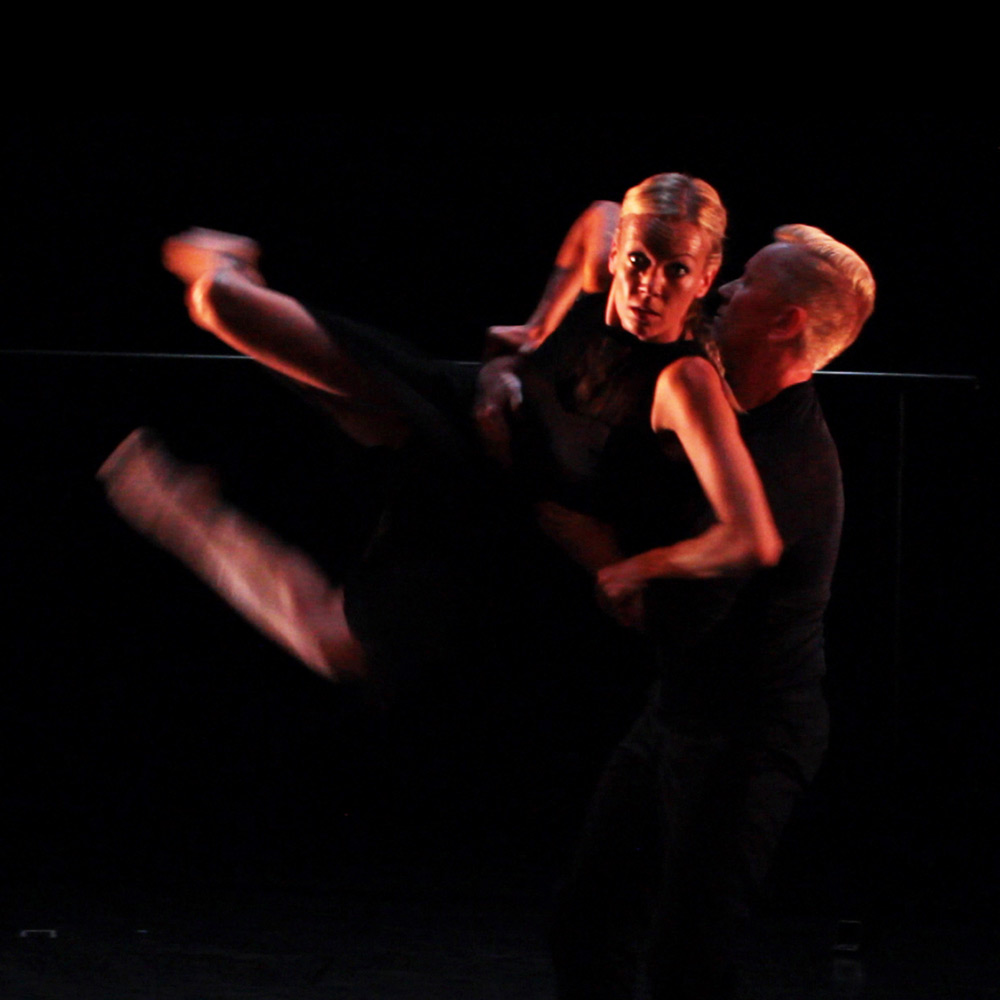
© Merlin Bonning. (Click image for larger version)
From the black-costumed elEven the bright, white, lighter than air Stabat Mater takes over, danced with fine precision to Vivaldi’s score of the same name. Inspired by a mother’s mourning, Constant Vigier choreographs fragile movement for Chloë Réveillon; at times she is swept into doll-mechanical grace, wiping her hand to her face as if to shift an imaginary glass tear, or effecting fine-lined turns. Partnering Réveillon, Vigier’s response to the baroque intrigue of the music slips the pair into various moods, skirting around longing and support, never being so direct as to create narrative.
Seeing the details of contemporary ballet up so close in the Dance Base studio space brings an extra appreciation of the training that has made these bodies so eloquent when communicating.






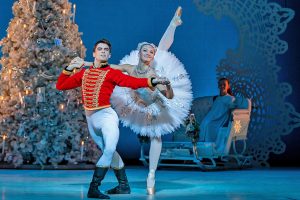


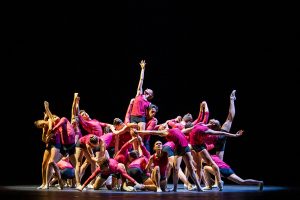
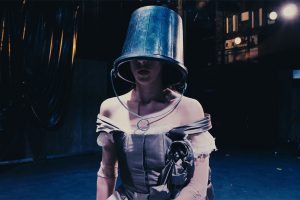

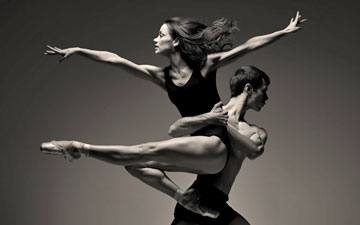
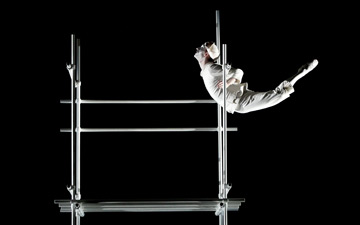

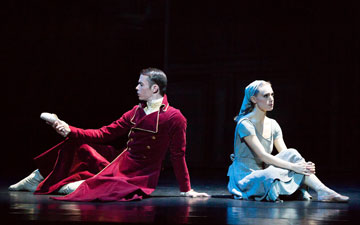
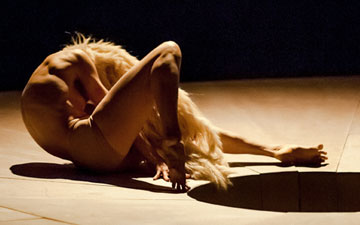
You must be logged in to post a comment.